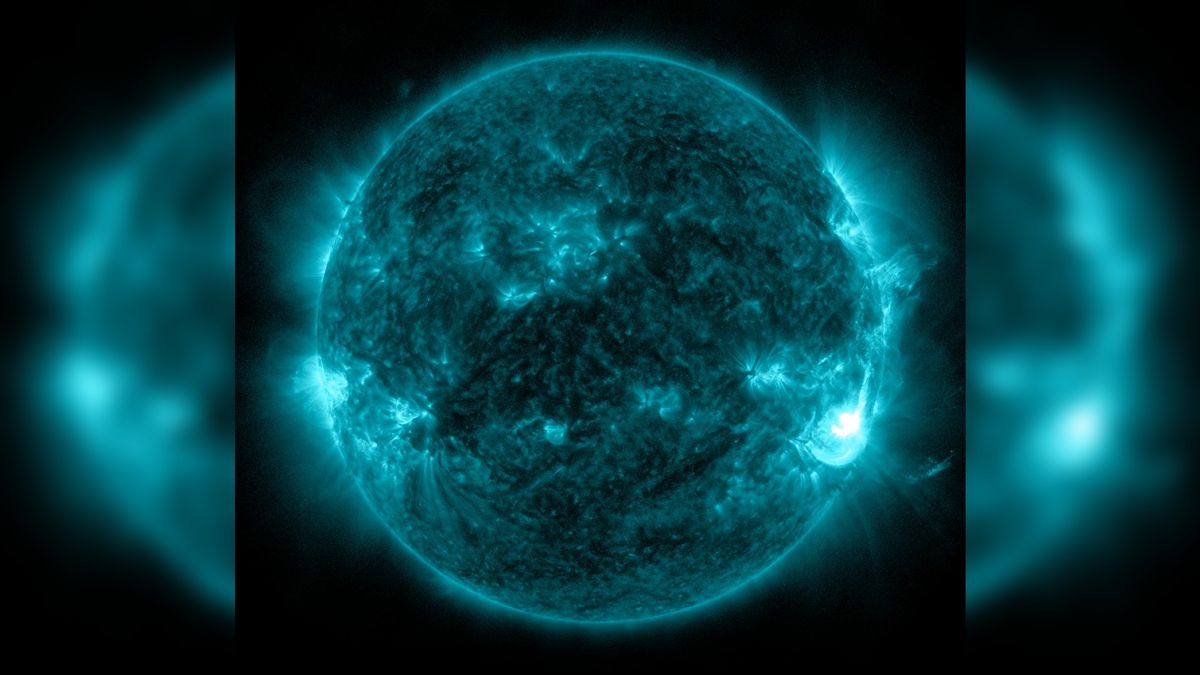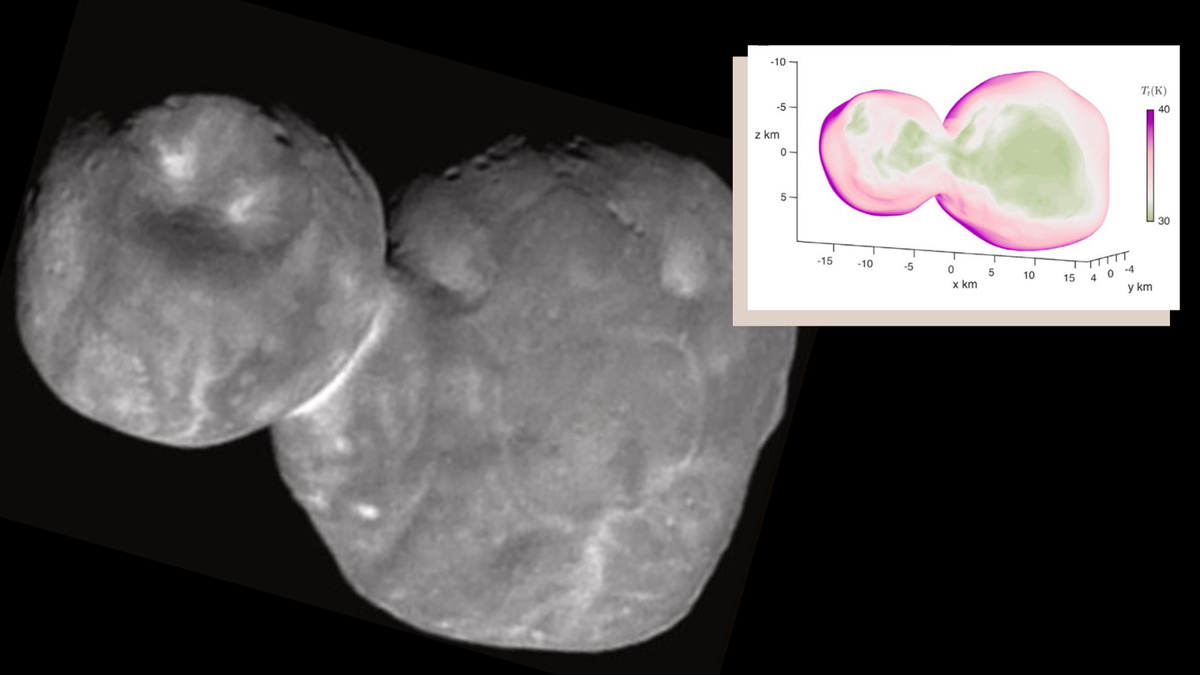Sunspot AR3697 Continues to Impress
The sunspot region AR3697, previously known as AR3664, has once again captured the attention of astronomers as it prepares to exit the scene. This particular sunspot gained notoriety for producing a historic geomagnetic storm back in May, which resulted in dazzling auroras visible across the globe.
On Saturday, June 8, AR3697 unleashed a powerful M9.7-class solar flare, marking the second strongest type of flare on the scale. The intensity of this flare resulted in the most potent radiation storm since 2017, as reported by NOAA’s Space Weather Prediction Center (SWPC). Such events can jeopardize space launch operations, satellite functionality, and disrupt shortwave radio transmissions.
Solar flares, like the one observed from AR3697, are bursts of electromagnetic radiation originating from sunspots on the sun’s surface. These flares are categorized into different classes (X, M, C, B, A) based on their size and strength. The recent M9.7-class flare, while 10 times weaker than X-class flares, is still 10 times stronger than C-class flares.
The strong solar radiation storm on Saturday (June 8th) was the strongest solar radiation or “S” storm since September 2017. pic.twitter.com/NNVvBrLHeKJune 10, 2024
The event was classified as a strong (S3) on NOAA’s Space Weather Scale for Solar Radiation Storms, leading to a significant radio blackout in the northern polar region. Following the solar flare, energetic protons began their journey towards Earth, causing a polar cap absorption (PCA) event similar to one seen in July 2023.
Potential Geomagnetic Storm Ahead
Furthermore, the M9.7-class flare ejected a coronal mass ejection (CME) towards Earth’s outer atmosphere, potentially triggering a geomagnetic storm today. Although not expected to rival the magnitude of the May storm, NOAA’s SWPC has issued a Geomagnetic Storm Watch at the G2 level. This could result in auroras visible over northern and upper Midwest states from New York to Idaho tonight.
On Monday, AR3697 unleashed an even stronger X1.5-class solar flare at 7:08 a.m. EST, leading to possible disruptions in high-frequency radio signals on Earth’s sunlit side. The SWPC forecast suggests that solar activity will remain at minor to moderate levels in the coming days as AR3697 moves out of view.
Image/Photo credit: source url





